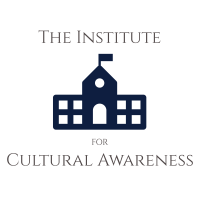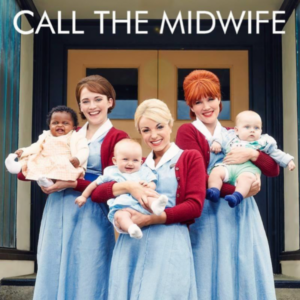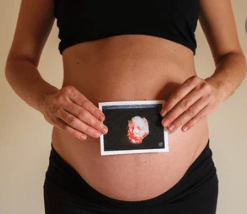Contact lenses, or essentially contacts, are slight lenses put straightforwardly on the eye’s surface. Contact lenses are visual prosthetic gadgets utilized by north of 150 million individuals around the world, and can wear them to address vision or for corrective or helpful reasons. In 2010, the overall market for cheap colored contact lenses was assessed at $6.1 billion, while the US delicate focal point market was assessed at $2.1 billion. Different examiners assessed that the worldwide market for contact lenses would reach $11.7 billion by 2015. Starting around 2010, the normal time of contact focal point wearers internationally was 31 years of age, and 66% of wearers were female.
Individuals decide to wear contact lenses for some reasons. Feel and beauty care products are vitally rousing elements for individuals who need to try not to wear glasses or to change the appearance or shade of their eyes. Others wear contact lenses for practical or optical reasons. When contrasted and scenes, contact lenses regularly give better fringe vision, and don’t gather dampness or sweat. This can make them best for sports and other open-air exercises. Contact focal point wearers can likewise wear shades, goggles, or other eyewear of their decision without fitting them with remedy lenses or stress over similarity with glasses. Furthermore, there are conditions, for example, keratoconus and aniseikonia that are commonly rectified and preferred with contact lenses over glasses.

Beginnings and first utilitarian models
- Leonardo da Vinci is regularly credited with presenting contact lenses in his 1508 Codex of the eye, Manual D, wherein he portrayed a strategy for straightforwardly modifying corneal power by either lowering the head in a bowl of water or wearing a water-filled glass half of the globe over the eye. Neither one of the thoughts was implementable in da Vinci’s time. He didn’t propose his thought be utilized for adjusting vision; he was keener on investigating components of convenience.
- Descartes proposed a gadget for remedying vision comprising of a fluid-filled glass tube covered with a focal point. Notwithstanding, the thought was unreasonable since the gadget was to be set in direct contact with the cornea and this manner would have made squinting unimaginable. In 1801, Thomas Young formed a couple of essential contact lenses in light of Descartes’ model. He utilized wax to attach water-filled lenses to his eyes, killing their refractive power, which he remedied with one more set of lenses.
- Sir John Herschel, in a commentary to the 1845 release of the Encyclopedia Metropolitana, presented two thoughts for the visual revision: the initial “a circular container of glass loaded up with creature jam”, the second “a shape of the cornea” that could be dazzled on “a straightforward vehicle of some kind or another”. However Herschel supposedly never tried these thoughts, free designers later high-level them, including Hungarian doctor Joseph Dallas, who culminated in a strategy for making molds from living eyes. This empowered the assembling of lenses that, interestingly, adjusted to the genuine state of the eye.
- The improvement of polymethyl methacrylate (PMMA) during the 1930s made ready for the assembling of plastic scleral lenses. In 1936, optometrist William Feinbloom presented a cross-breed focal point made out of glass and plastic, and in 1937 it was accounted for that exactly 3,000 Americans were at that point wearing contact lenses at. In 1939, Hungarian ophthalmologist Dr.István Györffy delivered the main completely plastic contact focal point. The next year, German optometrist Heinrich Wöhlk delivered his adaptation of plastic lenses because of examinations performed during the 1930s.




